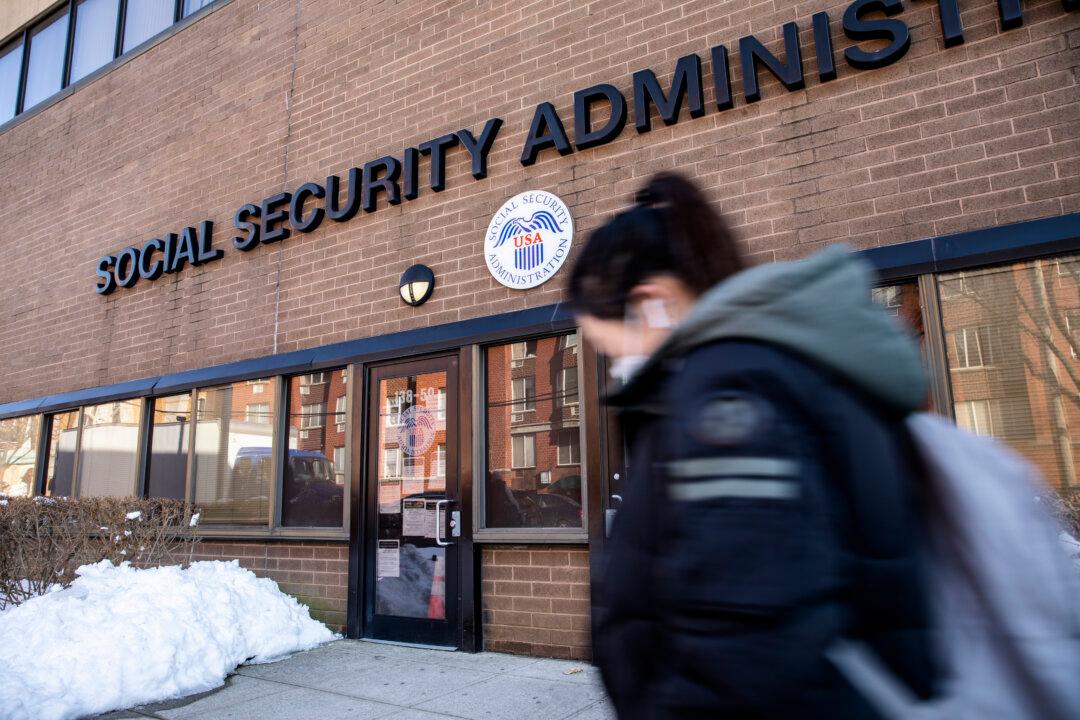More than 1.1 million taxpayers who failed to file 2021 tax returns have only a few days left to file and potentially claim refunds, according to the Internal Revenue Service.
The deadline for filing returns is April 15. There could be over 100,000 people each from California and Texas who may be due 2021 income tax refunds, the IRS said.
Other states with a high number of due taxpayers eligible to receive the 2021 refunds are New York, Pennsylvania, Michigan, Ohio, and North Carolina.
“It’s important to remember that tax year 2021 refunds may be held if taxpayers have not filed returns for 2022 and 2023,” the agency said. The median potential refund amount a taxpayer could get is $781.
“In addition, any refund amount for 2021 will be applied to amounts still owed to the IRS or a state tax agency and may be used to offset unpaid child support or other past due federal debts such as student loans.”
Besides refunds, taxpayers stand to lose out on receiving money from refundable tax credit programs such as the Earned Income Tax Credit (EITC) or the Recovery Rebate Credit.
IRS estimates that many “low-to-moderate income workers may be eligible for EITC,” with the EITC for 2021 worth up to $6,728 for people with qualifying children.
Tracking Refunds
After filing a return, taxpayers can check the status of their refunds through the IRS’ Where’s My Refund? tool.For a current-year return, the refund status is typically shown 24 hours after e-filing. If the return has been filed for a previous year, it can take up to three to four days. For those who filed paper returns, status updates can take four weeks.
To use the tool, taxpayers must submit their Social Security or individual taxpayer ID number (ITIN), filing status, and the exact refund amount on the return.
The agency clarified that it could take five days for the refund to show up in bank accounts. In case returns are paid via check, it may take several weeks for the check to arrive by mail.
“If the IRS finds a mistake on a tax return, this agency should be required to clearly communicate that error to the taxpayer and explain why a tax refund is higher or lower than expected. That’s why I’m glad to introduce legislation to ensure that the IRS clearly spells out errors on tax forms and helps taxpayers not only understand the mistake but also challenge it if they see fit.”
More than 67 million refunds worth over $211 billion have been issued in 2025. The average refund is $3,116, 3.5 percent higher than at the same time last season.







